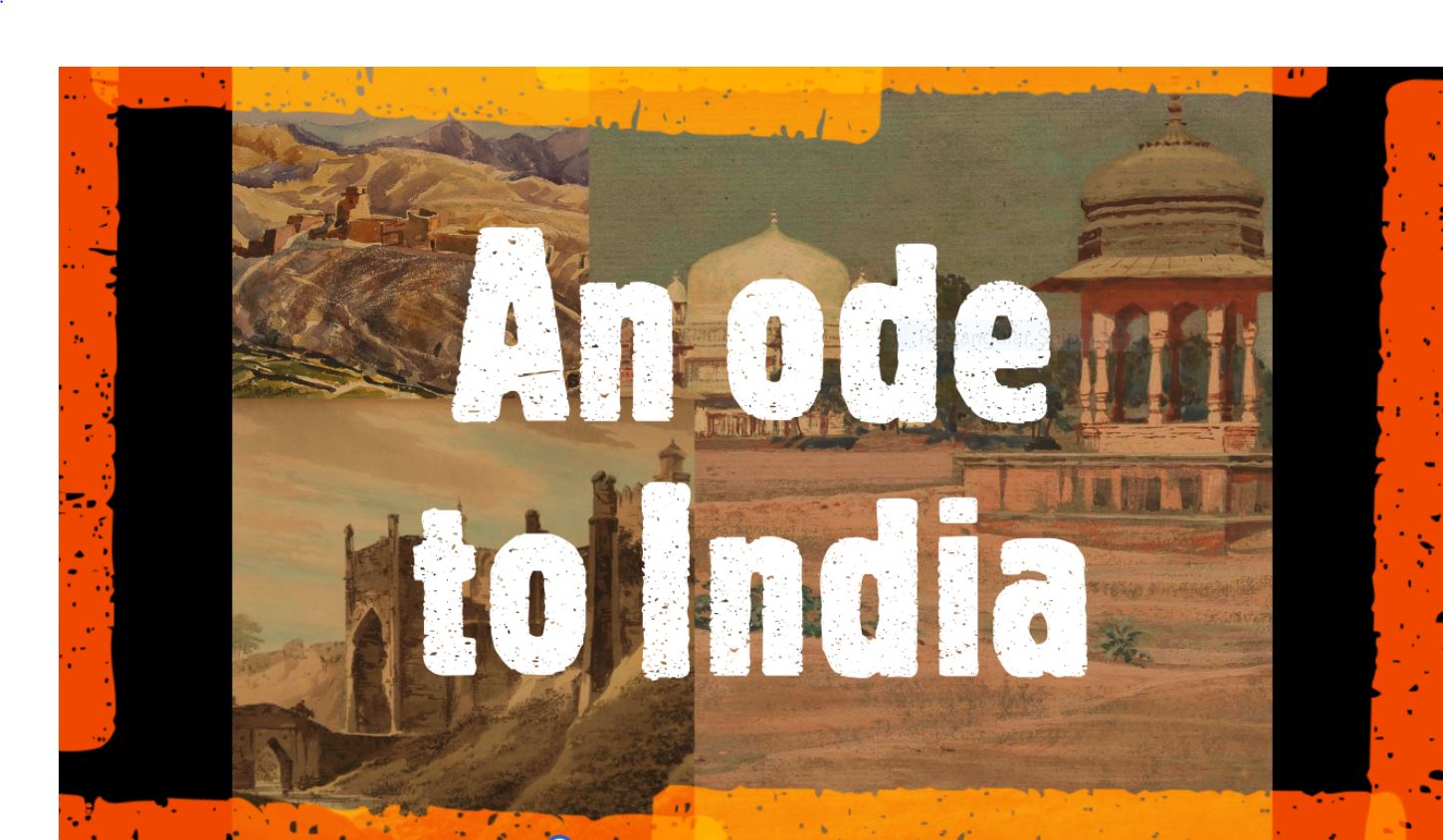Some good news for art and history lovers across the globe! New Found Lands – an art exhibition is now open for public viewing from 02 April 2021 until 31 May 2021 in New York at DAG, The Fuller Building. The works on display explore landscape paintings in India over a period of two hundred years (from 1780 to 1980) and features some very interesting depictions of colonial milieu. Curated by Dr. Giles Tillotson, the exhibition unfolds a visual story that moves from an imposed colonial gaze, through Indian accommodation and adjustment, to rejection, and the profusion of new forms of imagery, rooted in the land. Starting with English artists who travelled in India from the late 18th century onwards, to the introduction of new materials and teaching methods in the art schools from the middle of the 19th century, to the adoption of similar approaches by Indian artists as a result of the introduction of new materials and teaching methods in the art schools during the mid-19th century until the 20th century when Indian artists sought new modes of expression, and invented a glorious array of new landscape styles. Featuring 108 works divided into three sections, the exhibition, accompanied by a book, investigates the development of landscape painting from the perspective of the Picturesque, the Naturalistic and the Free.
THE PICTURESQUE LANDSCAPE: The English aesthetic, known as the picturesque, developed in the late 18th century and the first artists to bring this aesthetic to India were Richard Wilson’s pupil William Hodges, who was in India from 1780 to 1783, and Thomas Daniell, who toured extensively through India with his nephew William Daniell between 1786 and 1793. They made countless drawings and paintings, both in India and after their return home, and published sets of aquatints, which disseminated their vision of India more widely. That vision was of dramatic landscapes with varied terrain: towering hills and forests, deep valleys and rugged country roads. It also included buildings, for, as Richard Payne Knight expressed it, architecture should be considered as ‘a mere component part of what you see’. The picturesque approach to architecture was scenic not functional.
THE NATURALISTIC LANDSCAPE : It is not surprising that the first great Indian artists to produce pure landscapes – as distinct from literary or religious ones – were all associated with the Bombay School—Pestonji Bomanji and M. V. Dhurandhar, and their younger contemporaries such as L. N. Taskar and M. K. Parandekar. Their approach soon became a self-perpetuating tradition, joined by the likes of S. L. Haldankar, N. R. Sardesai and D.C. Joglekar. These artists were all born between 1850 and 1900 and were active through the first half of the 20th century, producing views of Indian scenery in a Western style. Their watercolours in particular show an obvious debt to the formulaic principles of the picturesque as these artists explored the potential of art to render convincingly the appearance of the visible world. This aspect is well illustrated by the case of S. G. Thakur Singh, originally from Amritsar, who made his career initially in Bombay and later in Calcutta.
THE FREE LANDSCAPE: By the early 20th century some artists began to question the need for realism in the genre of landscape painting. Such an approach seemed to them too literal, and much too dependent on alien academic conventions. Why should landscape not be treated like any other subject – like the human figure perhaps: not as a form to imitate, but as a source of inspiration while creating new forms? In part these artists were responding to global developments such as Expressionism and Abstraction, in part they were asserting a self-given right to greater freedom to experiment. Although what we are here calling the ‘free’ landscape emerged later, there was no linear progression from one approach to the other. Indeed they existed alongside one another. The artists represented in this section were all born between 1900 and 1947, in what was still a colonial state.
(New Found Lands is on from 02 April 2021 until 31 May 2021 in New York at DAG, The Fuller Building and online on the gallery website)
